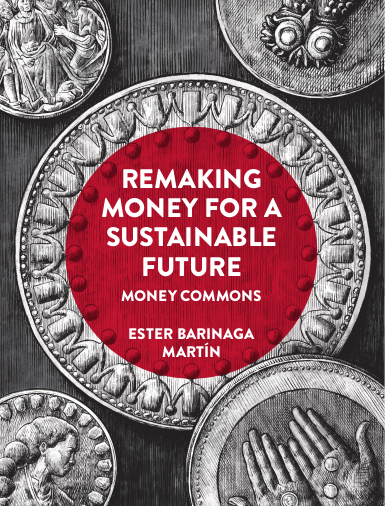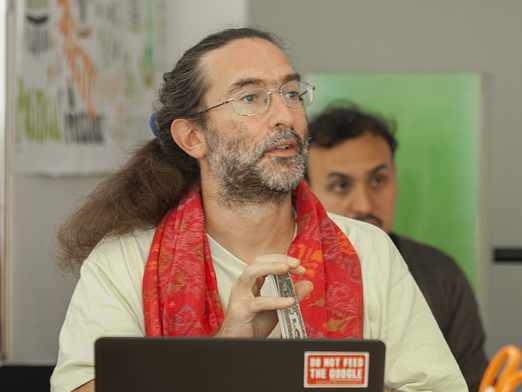 Most writings about monetary theory are rather abstract and most academic writing on complementary currencies feels too far removed distant from the projects under scrutiny. Not so with Ester Barinaga Martín's new book, Remaking Money for a Sustainable Future. Though the book is academic - published by Bristol university - the author's desire that practitioners learn from previous mistakes saturates the text, giving it a purpose many academic texts deliberately eschew. This purpose however keeps the book relevant and down to earth.
Most writings about monetary theory are rather abstract and most academic writing on complementary currencies feels too far removed distant from the projects under scrutiny. Not so with Ester Barinaga Martín's new book, Remaking Money for a Sustainable Future. Though the book is academic - published by Bristol university - the author's desire that practitioners learn from previous mistakes saturates the text, giving it a purpose many academic texts deliberately eschew. This purpose however keeps the book relevant and down to earth.
It starts with perhaps the best survey of monetary theory I've read which covers all the important ideas in just enough depth. A big theme of the book is the difference between credit and commodity monies, which she frames as 'imaginaries of money'. She identifies four imaginaries with detailed examples of each:
- Sell it forward, referring to banks who make loans and then sell them on
- Give it forward, referring to mutual credit / business barter
- Tax it forward, referring to government credit
- HODL it forward, referrring to pure commodity money
She makes a powerful argument that credit money systems are embedded in the system of trade and so there is always debt to drive circulation. She calls this debt a perpetuum mobile, and the importance of this concept is that cryptocurrencies don't have it, which explains why they don't easily circulate.
The final section seeks to make the point that while our incumbent money system is inherently unsustainable, other media of exchange are possible, and this is illustrated with real projects having real impacts in specific fields.
I was surprised to see a chapter on basic income because for me this is a whole different field, but she used to illustrate the importance of governance, and encoding social intention into the heart of the project.
This book didn't contain much new for me, but it is now my top recommendation for newbies who want to get up to speed on how communities can create their own media of exchange. The price tag of 90GBP for the hardback seems to me like a laughable vestige of academic publishing so kudos to Lund University which was generous to make the pdf available.

Comments